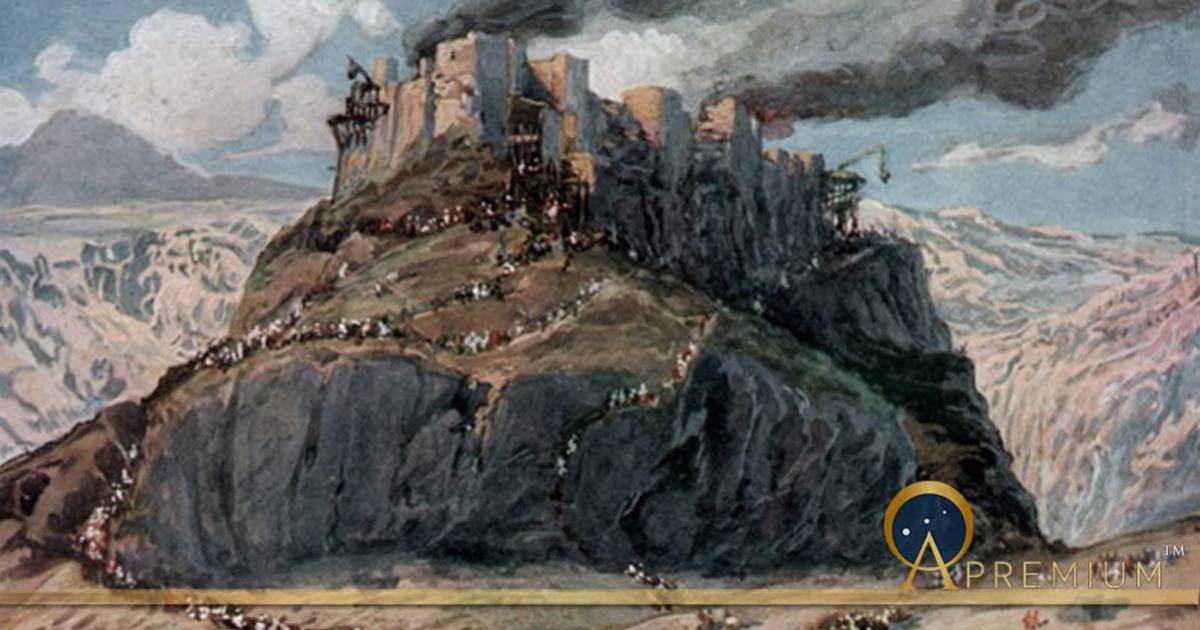
The Amorites: Bronze Age Invaders Who United an Empire
Sometime during the third millennium BC, a group of nomadic raiders expanded out of their mountainous homelands in Syria and stormed Mesopotamia. They were known as the Martu or Tidnum to the Sumerians, and the Amar to the Egyptians. These names denote ‘of the west’, or ‘the western people’. In the Book of Genesis 10:16, these people are referred to as the Amorites, descendants of Canaan. The scriptures also state that the Amorites had gigantic chiefs and warriors among them. Amos 2:9 compares the size and strength of the Amorites to the cedar tree, while in Numbers 32:29-32, the Amorites are among the peoples ‘of great stature’ encountered by the Israelite spies. The Amorite chief Og is described in Deuteronomy 3:11 as ‘of the remnant of giants’. In Akkadian, both the Amorites and Syria itself were named after Amurru, a deity of the Amorites. Amurru is also known as Belu Sadi, or ‘Lord of the Mountains’, while his divine consort, Belit-Seri was ‘Lady of the Desert’.
Jebel Bishri Tombs of Amorite Kings
The MAR.TU are mentioned in a tablet from Tell Farah dated to around 2550 BC. MAR-TU/MAR-DU appears on the 24th-century BC Ebla Tablets as a name for both a geographic region as well as its inhabitants. According to Lönnqvist (2008) some scholars have specifically identified the Amorite homeland with Jebel Bishri, a mountain region situated between Palmyra and the Euphrates River. Similarly, Michael Astour (1992) has also traced Mar-du.ki (the Amorite homeland in the Ebla Tablets) to Jebel Bishri. The Mari texts make it clear that during the Bronze Age, Jebel Bishri was the territory of at least two Amorite tribes: the Suteans and the Yaminites.

View on Qasr al-Banat from east city of Ar-Raqqa Ar-Raqqah Governorate (CC BY-SA 3.0)
There are more than 400 stone burial mounds (or cairns) on the northern and western slopes of Jebel Bishri. The mound fields were generational burial places of the Amorites, and several were utilized for many centuries. For example, Ristvet (2015) found the use of the Tor-Rahum Cairns has been dated to between 1900 and 1600 BC. According to Silver (2014) the tumuli of Jebel Bishri frequently cover stone ring walls surrounding stone burial cists, which contain the remains of dead Amorite chiefs. At Tell Banat in northern Syria, an Amorite occupation dating to between 2450 and 2000 BC produced an extraordinary tumulus known as the White Monument.
Like this Preview and want to read on? You can! JOIN US THERE ( with easy, instant access ) and see what you’re missing!! All Premium articles are available in full, with immediate access.
For the price of a cup of coffee, you get this and all the other great benefits at Ancient Origins Premium. And - each time you support AO Premium, you support independent thought and writing.
Jason Jarrell and Sarah Farmer are investigative historians and avocational archaeologists. They study many subjects including depth psychology, Biblical mysteries, political science, and comparative mythology. They’re also authors of the book, Ages of the Giants: A Cultural History of the Tall Ones in Prehistoric America (2017). | ParadigmCollision.com
Top Image: The Conquest of the Amorites, as in Numbers 21:25, by James Tissot, before 1903. (Public Domain)














